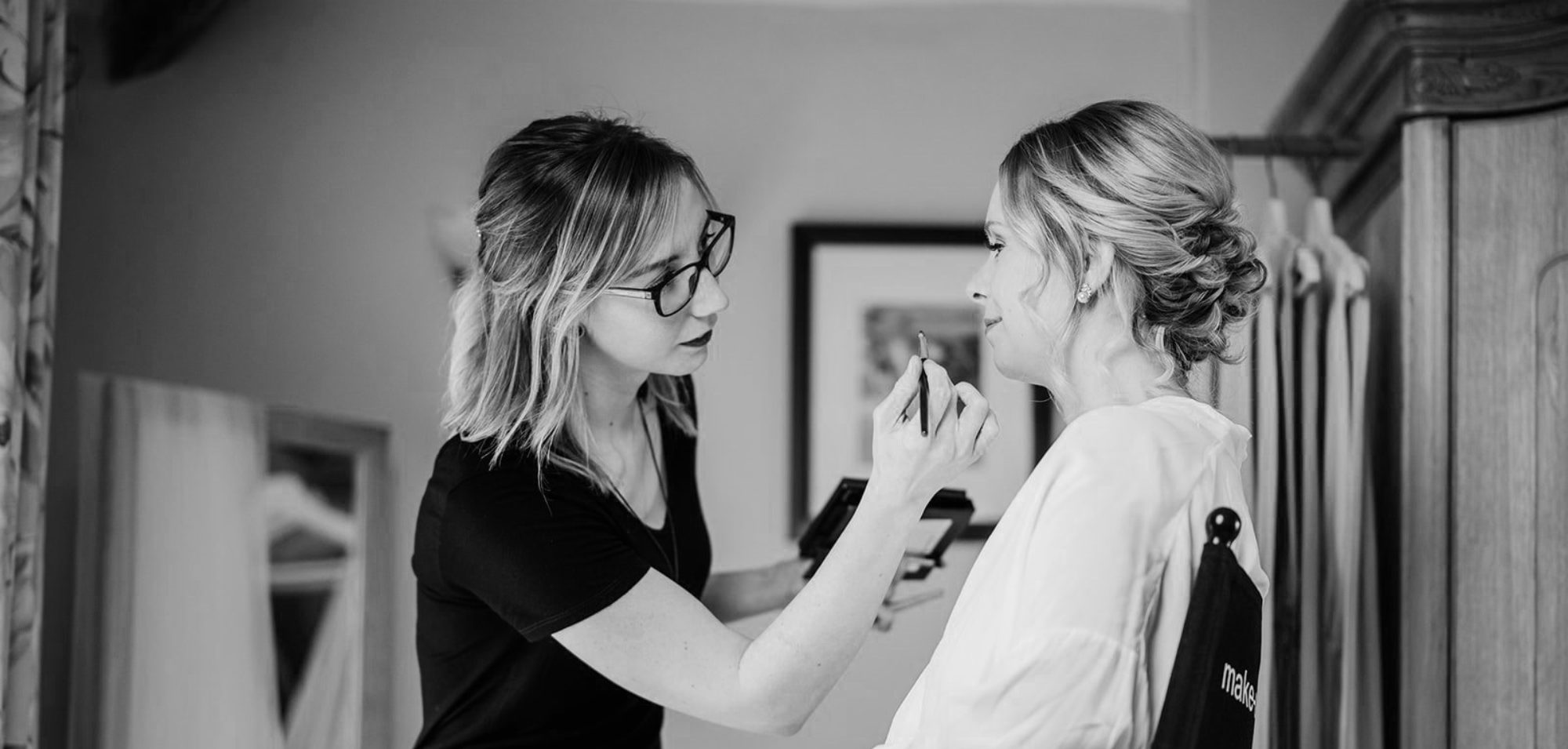1714AD – 1837AD

Skincare:
In the late Georgian era, face masks made from sweet almond oil, honey and ‘spermaceti’ (wax from the head of a sperm whale) was used to sooth sunburn and spots. To make their eyes bright, some women would ‘wash’ out their eyes with orange or lemon juice, or even belladonna, which is the juice of the poisonous nightshade. They would even eat small amounts of arsenic!
Make-up:

It was again fashionable to have pale, white, translucent skin, flushed cheeks and a red lip which represented a fun and healthy spirit. Women would protect their skin from tanning with bonnets and parasols when they were outside.
To have a symmetrical face was important, including features and complexion. The Georgian era was an age of disease and disfigurement, common amongst the lower class.
To hide any imperfections they would apply the lead based white paint to their faces and décolletage. Toxic pale powders were made from mixtures of lead, vinegar and horse manure, or if they were too poor to afford the ingredients, sometimes they would make do with a dusting of wheat flour. They would also accentuate their veins by drawing on faint blue lines.
Their rouge, carmine, was made from aluminium salt and carminic acid, they came in liquid, crème and powder. They also had rose lip salve which gave a transparent rosy glow.
Black eyebrows became popular, black soot mixed with oil and camphor was applied to their eyebrows and eyelashes with a stick. It was common for eyebrows to fall out due to the harsh chemicals in the make-up so it has been said that in the early Georgian era they would make fake eyebrows out of mouse skin!
It was still fashion to wear a ‘beauty patch’ as it was heavily influenced by the French. In the late 1700’s these fell out of fashion and subtle make-up was becoming an ideal look.
Hair

Early on hair was worn in soft curls, twists or braids pinned to their head. Wigs became all the rage in the late half of the 18th century. They were elaborate designs with curls and long ringlets, powdered white, made from horsehair and a wire frame. For men, hair would be long and tied into a low ponytail with a black ribbon, they would wear them for formal occasions, and then for informal occasions they would wear their own hair in the same style and lightly powdered. Women’s hair was decorated with feathers, bows and garlands, however full wigs were only intended for men, women had to hire professional hairdressers to add in false hair, padding and wire to their own to create these works of art.
These wigs were a perfect nesting area for vermin; however some adventurous ladies incorporated mini-bird cages complete with birds on their heads! One example of the extreme hairdos would be Marie Antoinette’s model of a warship sat on top of her waved hair.
By 1790 powder and wigs were mainly used by older men, by which became completely out of fashion by 1800.
Curling tongs were around and looked like large blunt scissors; there were also heated clay rollers available to curl hair and wigs.

NEXT: Victorian Period
BACK: Stuart Period

